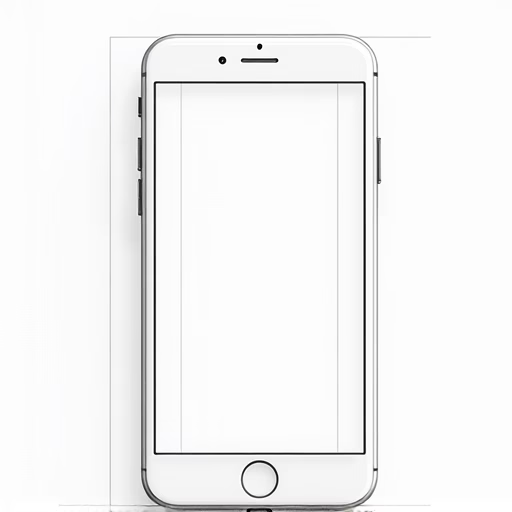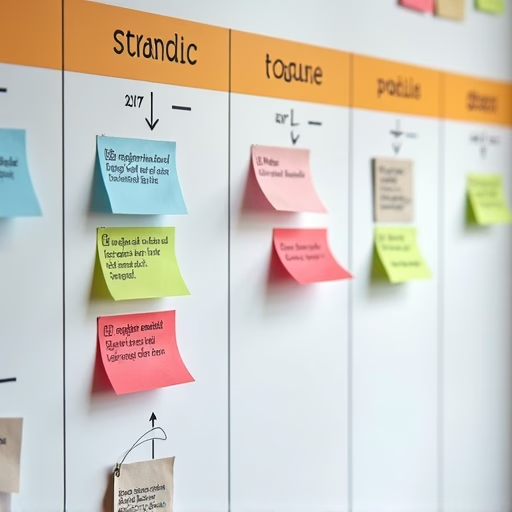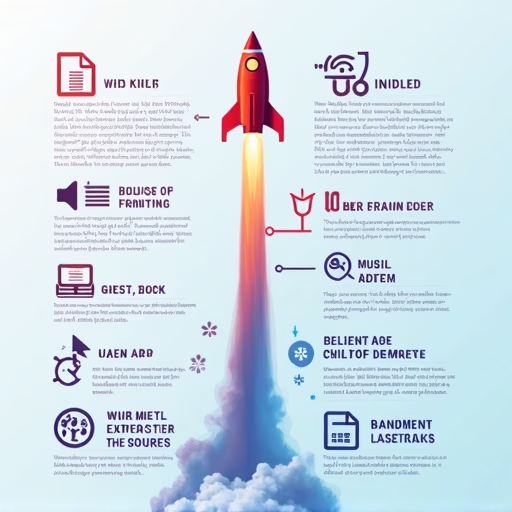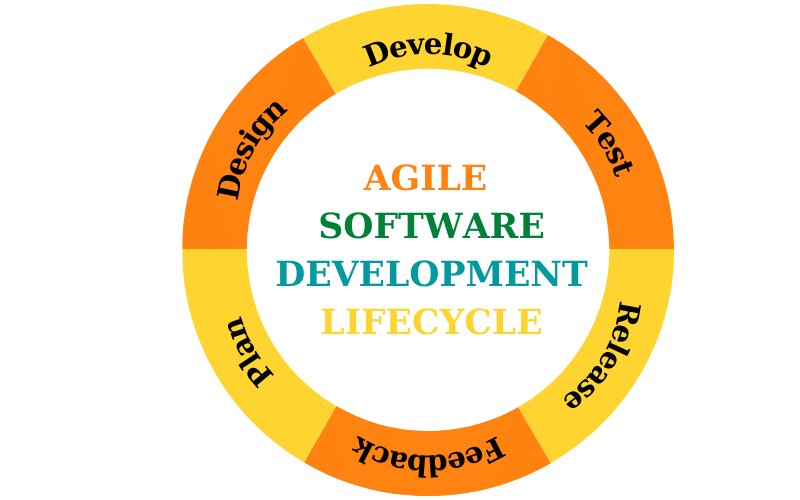
Application and Software Development Mastery 2025: From Idea to Launch
Introduction:
In today’s fast-paced digital landscape, application and software development shapes how businesses innovate, compete, and delight customers. From honing in on user needs to selecting the right technology stack and achieving a successful market launch, every step matters. This comprehensive guide combines expert insights, real-world examples, and actionable advice to help you master application and software development in 2025 and beyond.
1. Defining Your Digital Product
Identify User Pain Points and Business Goals
Begin by interviewing stakeholders and potential users to clarify their challenges. For example, a retail startup discovered its checkout process was causing 30% cart abandonment. Solving that single pain point led to a 15% revenue bump.
Develop User Personas
Craft detailed personas that include demographics, motivations, and frustrations. A persona might be “Remote Ryan,” a 28-year-old freelance designer who needs a mobile app to manage client feedback on the go.
Prioritize Features for Your MVP
List every feature you could build, then rank them by user value and development effort. Focus on 3–5 essential features to validate your assumptions quickly.
2. UI/UX Design Best Practices

Prioritize Clarity and Simplicity
- Use clear labels (e.g., “Checkout Now” instead of “Proceed”) and eliminate unnecessary options.
- Employ whitespace to draw attention to primary calls-to-action.
- Group related tasks—like payment and shipping—in a logical flow.
Establish a Visual Hierarchy
- Size: Make crucial buttons at least 1.5× larger than secondary links.
- Color & Contrast: Use a vibrant accent color for interactive elements against a neutral background.
- Ensure full keyboard navigation and ARIA labels (see MDN’s guide on ARIA roles)
Maintain Consistency
- Typography: Limit fonts to one family with variations (light, regular, bold) and stick to a 16 px base size.
- Components: Reuse button styles, input fields, and icons across all screens.
Design for Accessibility
- Ensure text-to-background contrast is at least 4.5:1.
- Enable full keyboard navigation and screen-reader labels.
- Provide alt text for images, such as “Wireframe showing mobile app checkout screen.3.”
3. Choosing the Right Technology Stack
Front-End Frameworks
- React: Flexible component model and vast ecosystem.
- Vue: Progressive learning curve.
- Angular: Full-featured with built-in dependency injection.
Back-End Platforms
- Node.js: Event-driven for real-time features.
- Django: Batteries-included Python framework.
- Ruby on Rails: Convention over configuration for rapid development.
Databases
- PostgreSQL: Strong relational integrity.
- MongoDB: Schema-flexible documents.
DevOps and Deployment
- Docker and Kubernetes for container orchestration.
- CI/CD tools like GitHub Actions or Jenkins for automated testing and deployment.
4. Agile Methodologies in Action

Sprint Planning and Backlogs
Break projects into 1–2-week sprints. Define a clear sprint goal and populate your backlog with prioritized user stories.
Daily Stand-Ups
Hold 15-minute meetings to share progress, raise blockers, and align on tasks.
Retrospectives
At sprint end, discuss what went well, what didn’t, and next steps. For a fintech app, a team reduced bug rates by 25% after introducing a stricter code-review process in retrospectives.
5. Building your MVP: Minimum Viable Product
Feature Selection
Choose only must-have features that address core user needs.
Rapid Prototyping
Use Figma or Sketch to create clickable prototypes. Test with 5–8 users to gather insights in under a week.
Iterative Feedback
Incorporate feedback immediately into development sprints. A health-tech startup discovered a navigation issue in week one and fixed it before writing any code.
6. Market Launch

A seamless launch maximizes impact and validates market fit.
- Pre-Launch Strategies:
- Email Campaigns: Share teasers and tutorials to an opt-in list.
- Beta Access: Offer early invites for power users.
- Social Proof: Publish testimonials from pilot users.
- Launch Day Execution
- Monitor KPIs: Track sign-ups, active users, and error logs in real time.
- Customer Support: Staff chat and helpdesk channels to swiftly address issues.
- Post-Launch Growth
- A/B Testing: Experiment with onboarding flows; one A/B test increased activation by 12%.
- Referral Programs: Offer incentives for users to invite colleagues.
7. Case Studies & Lessons Learned
- Startup X reduced time-to-market by 40% through lean sprints and early prototyping.
- Enterprise Y increased conversion by 25% after revamping UI/UX for accessibility.
Next Steps & Call-to-Action
Ready to bring your digital vision to life with expert guidance? Partner with us for end-to-end application and software development—schedule a free consultation today and accelerate your success.
Contact Us to begin your journey today!
* marketing and social media: option
External Links:
¹ https://www.w3.org/WAI/standards-guidelines/wcag/
² https://developer.mozilla.org/en-US/docs/Web/Accessibility/ARIA
³ https://www.agilealliance.org/glossary/sprint-planning/
⁴ https://mailchimp.com/resources/email-marketing-field-guide/
⁵ https://www.optimizely.com/optimization-glossary/ab-testing/

